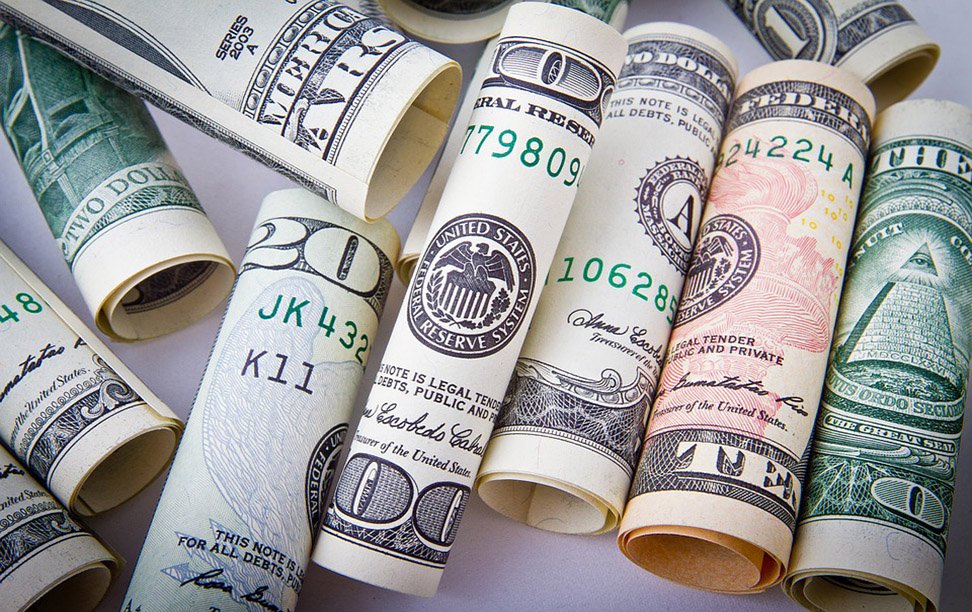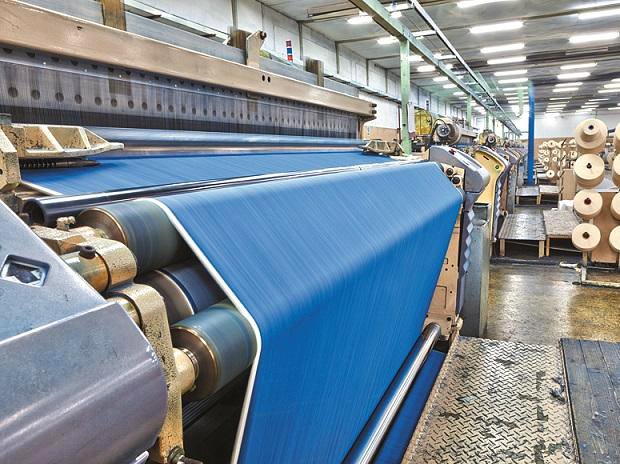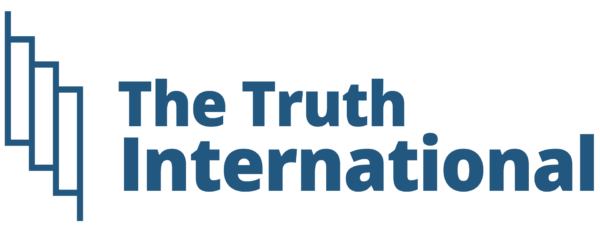ISLAMABAD: In its recent economic update, the Ministry of Finance has asserted that remittances will help the government to manage the current account deficit in financial year 2021-22.
The Monthly Economic Update and Outlook for Dec-2021, the ministry said that assuming sustained remittance inflows, the improvement likely to take place in the trade imbalance which will reduce the current account deficit.
The ministry’s stance on higher inflation was that the year-on-year (YoY) inflation hiked in recent months. Higher global commodity prices, electricity charges, house rent and transportation costs are among the major contributors to inflation but the government is making administrative, relief and policy efforts to reduce the inflationary pressures in the coming months.

Ministry admitted that the current account deficit was touching levels of 2018 when it amounted to $18 billion and the PTI had always blamed the former PML-N government for weak economic condition of the country.
“The current account posted a deficit of $7.1 billion (5.3 percent of GDP) for Jul-Nov FY2022 as against a surplus of $1.9 billion (1.6 percent of GDP) last year. Previously, the current account deficit was $7.2 billion (5.5 percent of GDP) during July-Nov FY2018,” the Ministry of Finance made it clear.
The current account deficit widened due to the constantly growing import volume of energy and non-energy commodities, along with a rising trend in the global prices of oil, Covid-19 vaccines, food, and metals. Exports on fob grew by 28.9 percent during July-Nov FY2022 and reached $12.3 billion ($9.6 billion last year).

On inflation, the Ministry of Finance said Pakistan’s inflation rate is driven by the international commodity prices, exchange rate, seasonal factors, and economic agents’ expectations concerning the future developments of these indicators.
The year-on-year (YoY) inflation has increased in recent months. This increase in inflation is mainly derived from electricity charges, fuel, house rent, transport, and non-perishable food items among the largest contributors.
The price adjustments were directly and indirectly induced by a recent exceptional increase in international commodity prices and exchange rate movements.
It is expected that MoM inflation will soften in December. International oil prices have retreated somewhat from previous highs. The exchange rate continued to slightly depreciate but the government efforts to dampen the pass-through of high international food prices into domestic retail markets continue.
At present, the government aims to increase agriculture productivity by taking multiple initiatives to ensure food security by countering food inflation in the future.
“The low base effect may contribute to keeping inflation rate of December in double-digit. Although, the forecast probability margins are wide, most likely, YoY inflation is expected to remain in double-digit in December but slightly less than the last month’s number,” the Ministry predicted.
According to Balance of Payment (BOP) data, exports of goods and services increased by around 13 percent in November as compared to October. They have now settled well above the 3 billion USD mark and are expected to climb further in the coming months so as to reach a new higher level for the foreseeable future. This strong export performance is the result of several positive factors.
First, although the cyclical position in the main trading partners as witnessed by the Composite Leading Indicators (CLI) seems to stabilize, the underlying growth trend in those countries remains very strong, following the recovery in their potential output growth.
The main risk factor here is the appearance of Omicron, a new COVID-19 variant, and its effects on economic activity are still unknown. BOP data further indicated that imports of goods and services increased about 5% in November compared to October.
Strong domestic economic dynamism requires imported energy, capital goods and intermediate goods, necessary in the production process. Furthermore, the recent increase in international commodity prices have inflated the cost of these imported goods. However, imports may settle at lower levels gradually in the coming months.

Imports are indeed expected to react to higher domestic interest rates, given the historically observed negative interest rate effect on import demand.
Furthermore, the government continues on implementing measures to curb unnecessary imports and to supply domestic alternatives in some markets, especially food products. Also, the baseline scenario is based on a downward correction of international commodity prices.
On the basis of these events, the trade deficit will stabilize in coming months. The expected developments in export and import activities imply that the trade balance may gradually improve in coming months and settle down at significantly lower levels in the second half of the current FY.
The government’s fiscal consolidation efforts are paying off in terms of improved fiscal accounts. During July-Oct FY2022, the growth in net federal revenues outpaced the growth in expenditures.
Resultantly, the fiscal deficit has been brought down to 1.1 percent of GDP during the first four months of FY2022 against 1.7 percent of GDP in the same period last year.
I am an experienced writer, analyst, and author. My exposure in English journalism spans more than 28 years. In the past, I have been working with daily The Muslim (Lahore Bureau), daily Business Recorder (Lahore/Islamabad Bureaus), Daily Times, Islamabad, daily The Nation (Lahore and Karachi). With daily The Nation, I have served as Resident Editor, Karachi. Since 2009, I have been working as a Freelance Writer/Editor for American organizations.










